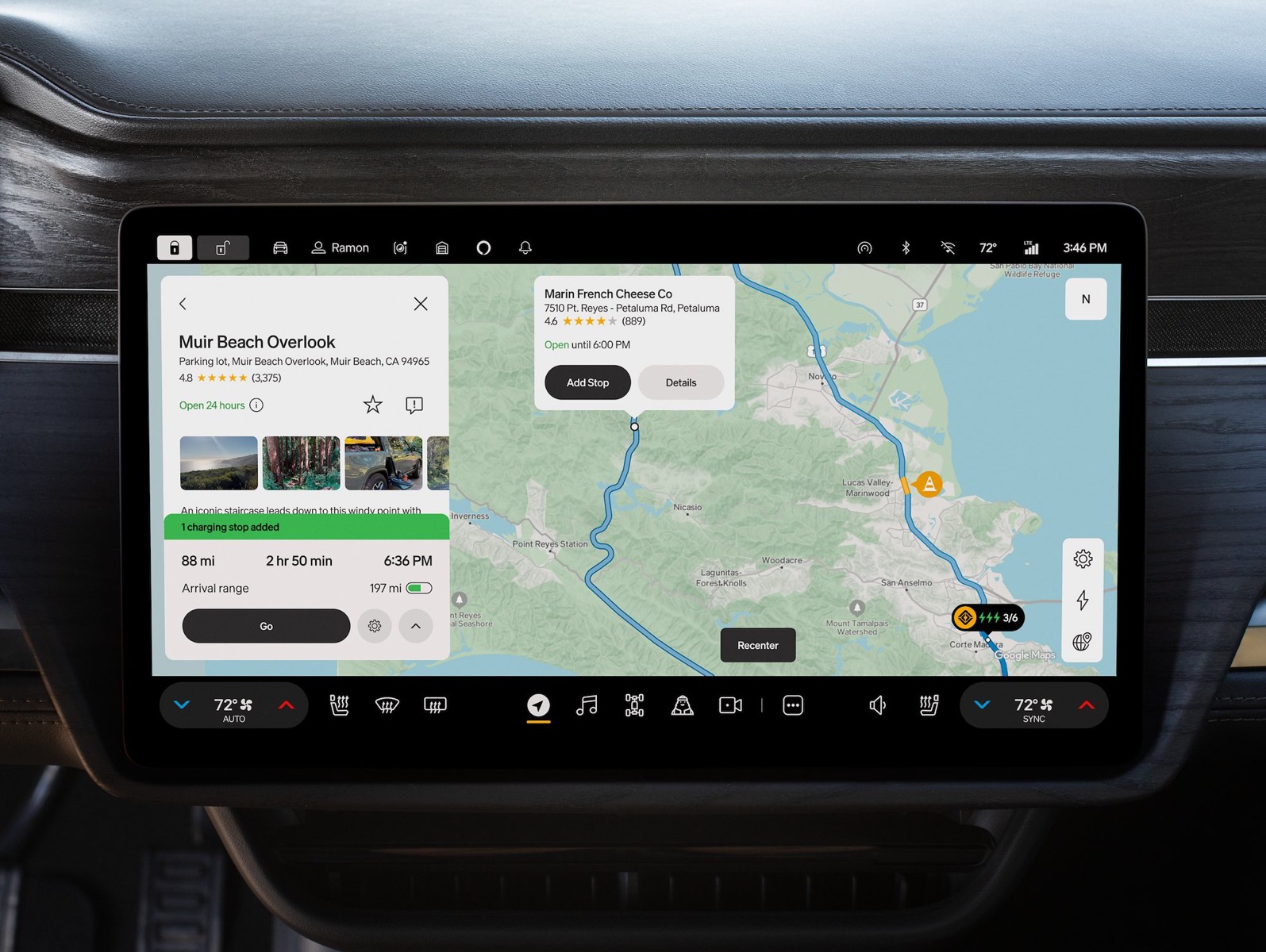Why Rivian’s Future Is All About Software

Rivian isn’t just building trucks and SUVs anymore, it’s quietly becoming the software company behind the next wave of EVs. While the hardware is sleek, the real story is what’s running underneath. With Gen 2, Rivian reduced the number of computers in each vehicle from 17 to 7 using a zonal architecture. This setup isn’t just more efficient, it’s designed for flexibility. Each section of the vehicle can be updated or modified through software, giving Rivian full control to innovate after the vehicle leaves the factory.
In 2024, Rivian and Volkswagen announced a $5.8 billion joint venture. The goal? Bring Rivian’s software and vehicle architecture to future VW EVs. The upcoming R2 will be the first to ship with the new stack, followed by Volkswagen’s $22K ID. Every. This isn’t a basic licensing agreement either. Rivian is co-developing the platform and leading the software side, meaning their tech could eventually power millions of vehicles per year across multiple brands.
Rivian has already said other automakers are showing interest. This positions them to become a foundational tech partner, not unlike what Android became for smartphones. And their OTA updates are actually useful, bringing new features like lane change assist, Google Cast, and smarter energy tools, all delivered post-purchase.
The long game for Rivian isn’t just about selling R1Ts and R1Ss. It’s about owning the software layer of the EV world. That’s the real future, and it’s already underway.
